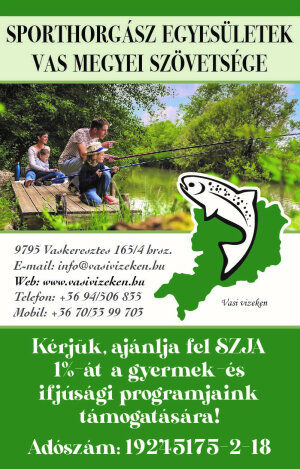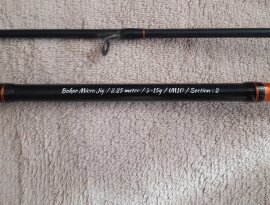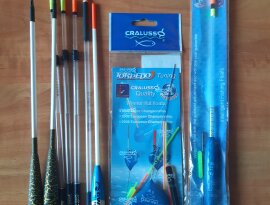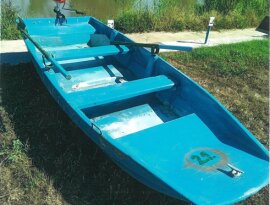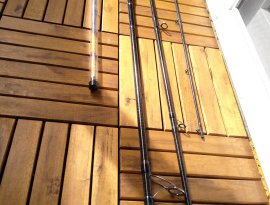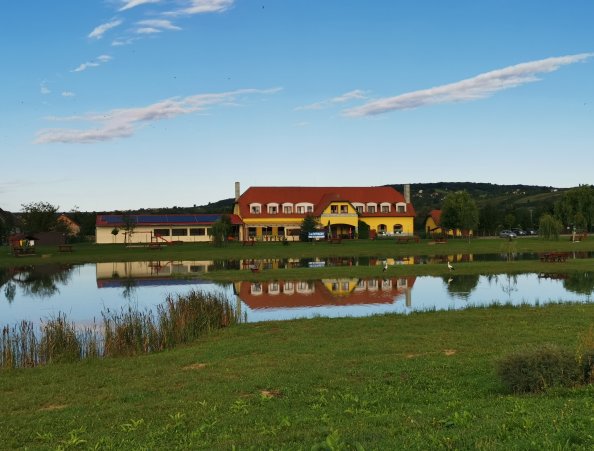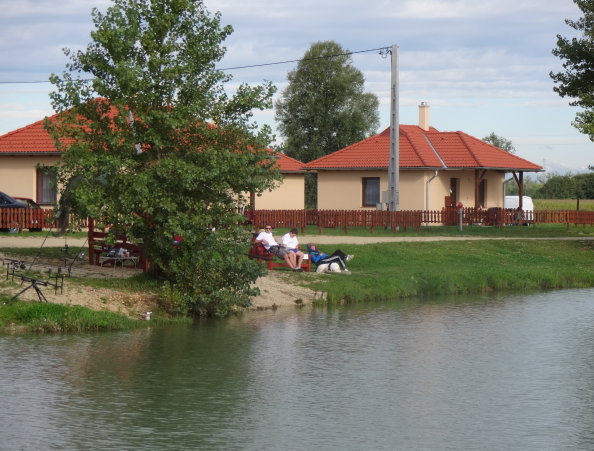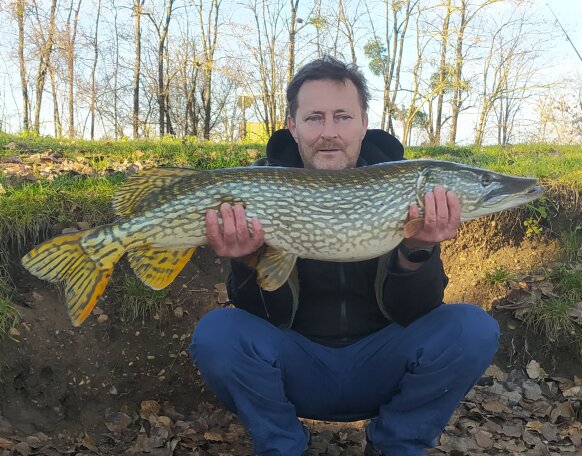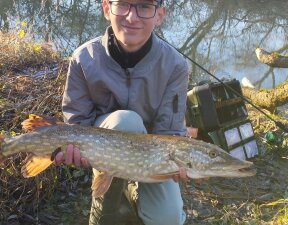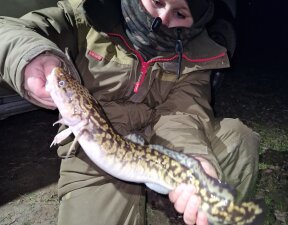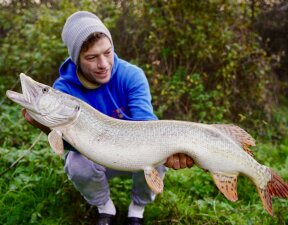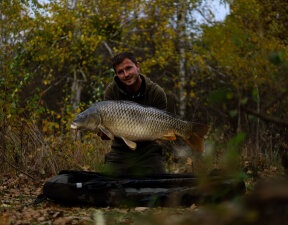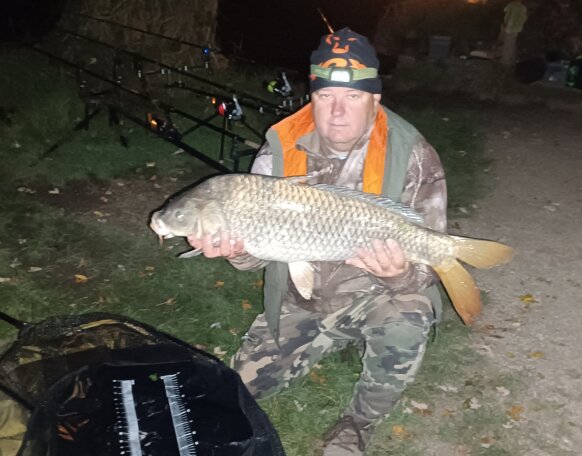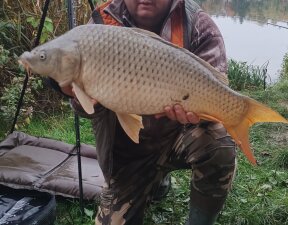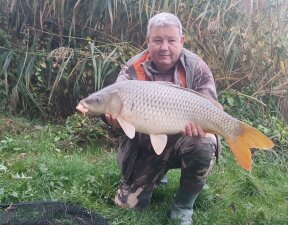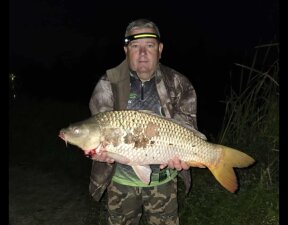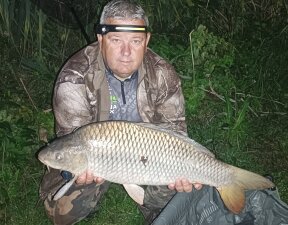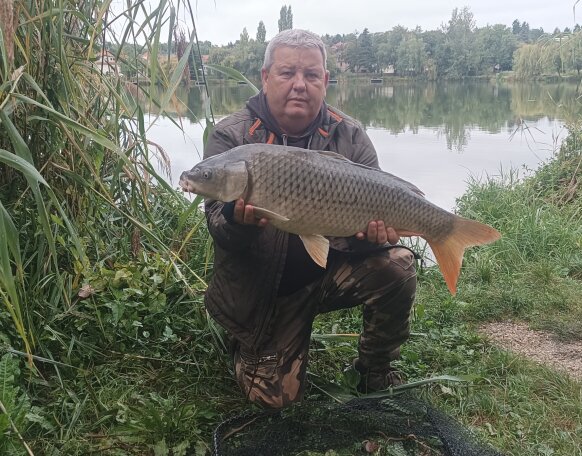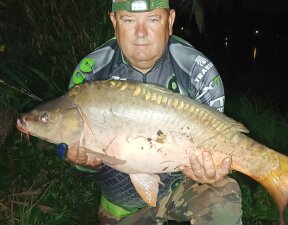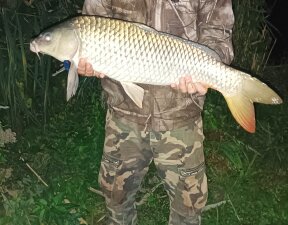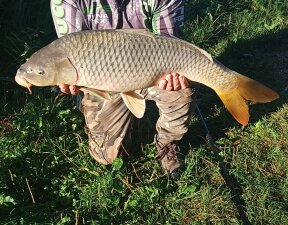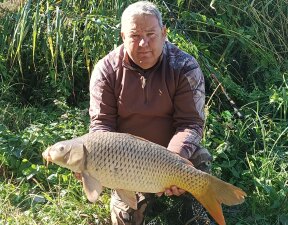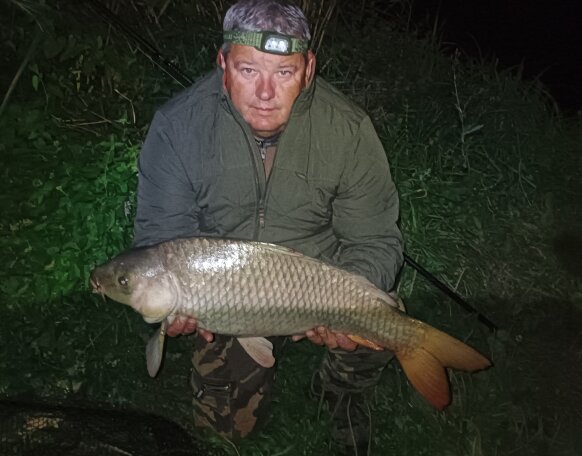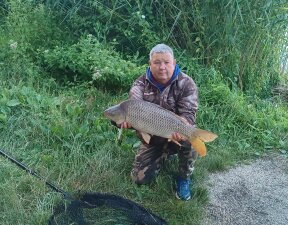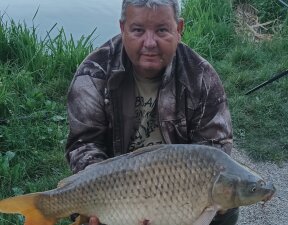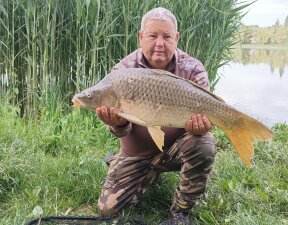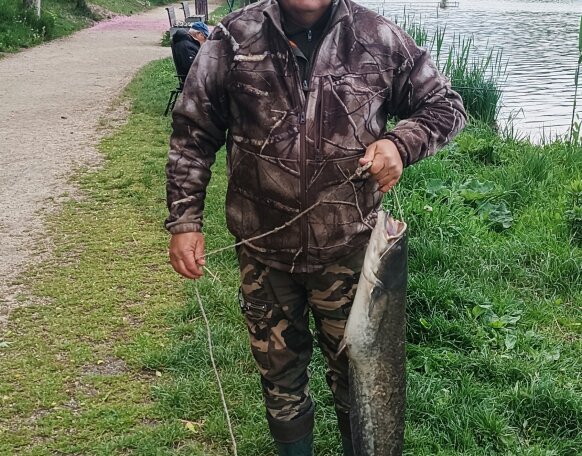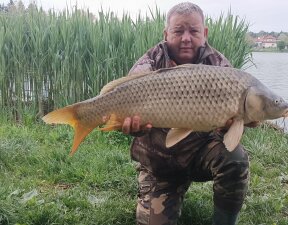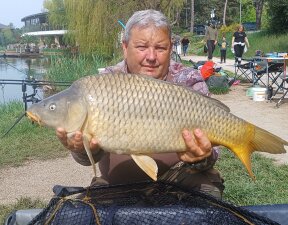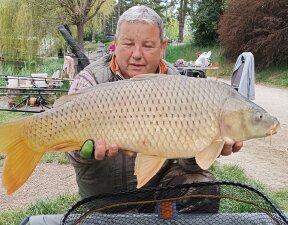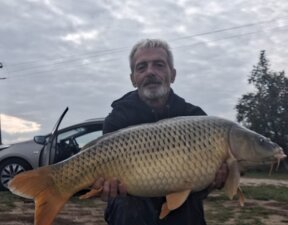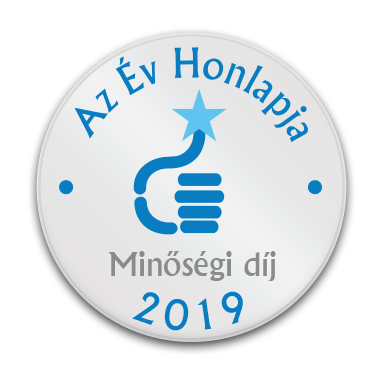Continuing the traditions, the Hungarian Haltani Society will announce the HALA OF THE YEAR election for the year 2021 as well. We have again nominated three fish species for the award title, of which the winner will, of course, be the one that receives the most votes from members of the company and all fish-loving and fish-loving people living here and beyond on our borders by 12 noon on 31 December 2020.
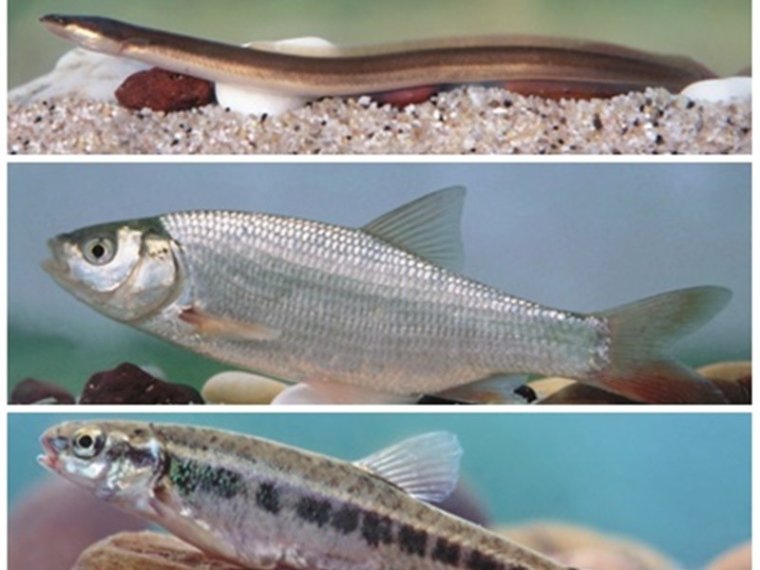
In accordance with the designation principles, all three species are native to our waters, and there are also protected and catchable species among them. You can find out about the characteristics, natural value, habitat needs and distribution of the species by clicking on the pictures. their brief introduction can be read under the pictures.
1. Eel (Anguilla anguilla)
2. Leuciscus idus
3. Agile trap (Phoxinus phoxinus)
Brief description of the candidate species:
ANGOLNA (Anguilla anguilla): A snake-like fish with ancient features, its dorsal fin merges with that of its tail and anal fin, it has no abdominal fin. Its body length can reach one meter and its weight can exceed 4 kg. In the past, it also regularly ran from the Black Sea through the Danube to our larger rivers, so it can be considered our native fish migrating naturally. In the past, glass eels arriving on the shores of Europe were regularly collected, of which they were also deposited in large quantities in the natural waters of Hungary. However, after the English extinctions of the early 1990s, the installations were completely abandoned. Its mature specimens spawn in the Sargasso Sea, with hatched larvae reaching the shores of Europe with the help of the Gulf Stream, which takes more than two years. As a result of global warming, fewer and fewer eels are arriving off the coast of Europe, and the species has become globally endangered, making it a critically endangered category on the IUCN Red List. The domestic fishing record is 4.75 kg (1997).
JUSZKESZEG (Leuciscus idus): Our medium-sized, regular fish-shaped, silvery-colored carp, the brownish-red lower fins of which can become more and more lively over the years. Its tiny scales sit close together, consuming the invertebrates hiding in the sediment, the tiny fish, but also the food of plant origin with its relatively small mouth opening to the top. It is inhabited by larger watercourses, but it can also be found in flowing water canals and in frequently mixing, refreshing lakes, such as Lake Tisza, but it is a rarity in Lake Balaton. In the autumn, it strikes into swarms and stretches to the deeper parts of the riverbed to survive the winter. They spawn in late spring or early summer, and their eggs are laid on the gravel bed or aquatic vegetation. It can be distinguished from similarly red-floating species � such as the ivy, the red-winged bream or the owl � mainly on the basis of the number of scales on its shoreline. While there are 55-60 scales on the side line of the bream, only 38-49 can be counted on the former fish species. The flesh is fibrous but delicious. The domestic fishing record is 3.86 kg (1995).
SPICY PHOX (Phoxinus phoxinus): Streamlined, small fish. His small mouth is in a semi-lower position, i.e. his upper jaw is somewhat beyond the lower jaw. Her body is covered with tiny scales that stand loose. Its lateral line is incomplete, mostly visible only in the first half of the body. A dark patch runs along its side. During the spawning season, males wear fancy, red wedding dresses. It is a fish species found throughout Europe in mountain and hilly streams, but it can also develop significant stocks in mountain lakes. A careful species of fish that seeks its food in groups. Young agile colonies switch from the consumption of planktonic organisms relatively quickly to the mixed diet typical of adult individuals. Their most popular food is insect larvae hiding in the live coat, but they also do not sow smaller crabs and fish crabs. It may be of economic importance as a food for trout and chub. It is in decline in Hungary, so it is under nature protection, as a result of which it cannot be used as bait or aquarium fish.

